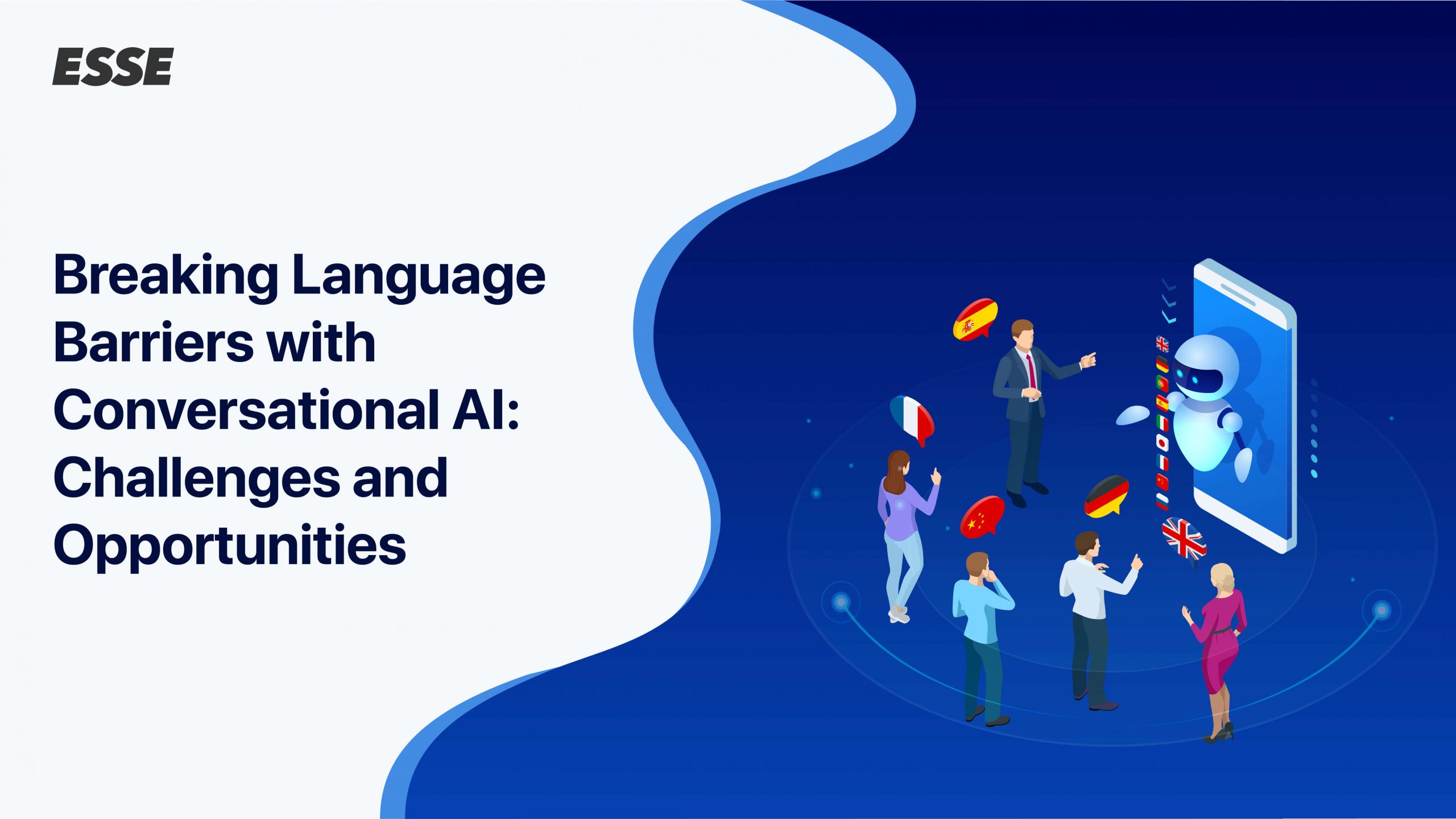As the world becomes increasingly globalized, language barriers can be a major hindrance for businesses looking to expand their customer base. In a world where communication is key, conversational AI presents an opportunity to bridge these gaps and provide seamless interactions between businesses and their customers, regardless of language.
One of the biggest challenges in implementing conversational AI across different languages is ensuring accuracy and naturalness in the interactions. This is where natural language processing (NLP) comes in. NLP is the branch of AI that enables machines to understand, interpret, and respond to human language. It allows conversational AI systems to accurately interpret the meaning behind human language and respond in a way that is natural and appropriate.
Opportunities:
Conversational AI offers numerous opportunities for businesses to break down language barriers.
It can provide real-time translation of text or speech, enabling customers to communicate with businesses in their native language. Secondly, it can provide a more personalized and engaging customer experience, by enabling businesses to interact with customers in their preferred language. Finally, it can help businesses to expand their reach and access new markets by enabling them to communicate with customers in languages they may not have been able to previously.
Challenges:
While conversational AI offers many opportunities, there are also significant challenges that must be addressed.
The accuracy of translation is critical, and errors can lead to miscommunication and misunderstandings. And, the quality of the customer experience is crucial, and businesses must ensure that customers feel valued and understood, regardless of the language they speak.
Esse, a leading conversational AI platform, has been designed to overcome language barriers by offering personalization and support for 27 different languages. Esse’s unified intelligence layer uses enterprise data to create a common intelligence layer that can be connected to every user channel, ensuring a consistent omnichannel experience on all platforms.


Leave a Reply